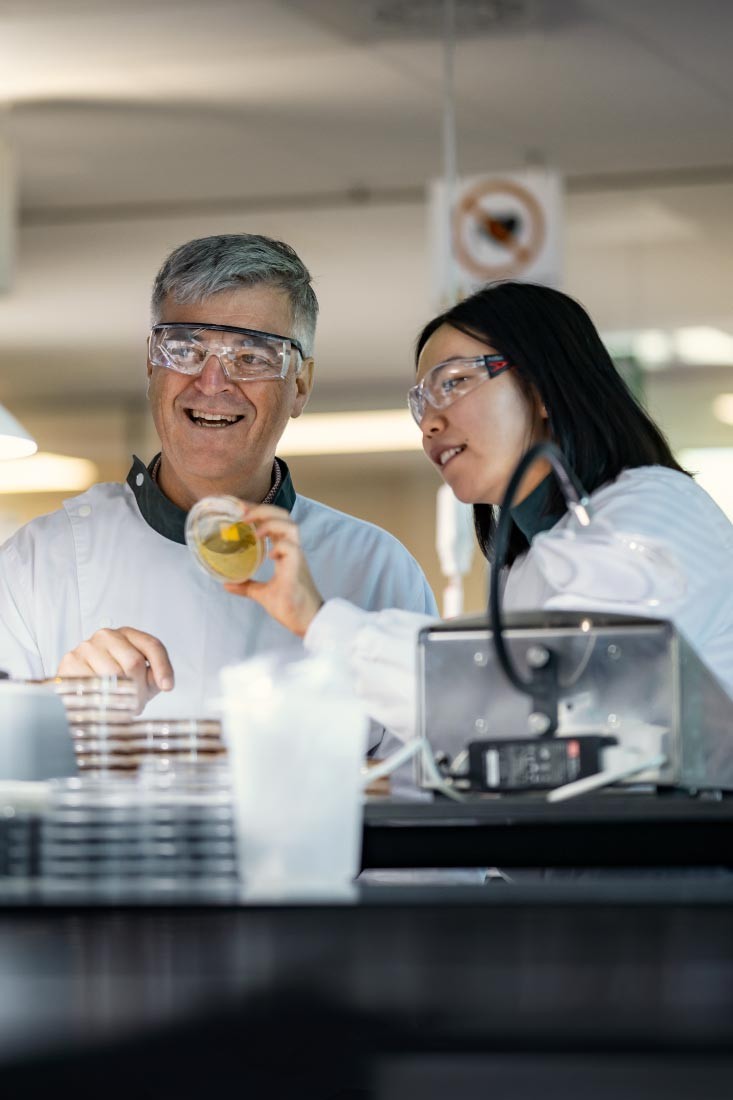Thanks to our grass-fed¹, pasture-based farming practices (as well as other factors like New Zealand's temperate climate), New Zealand farmers are already amongst the world’s most emissions-efficient dairy producers². Our ambition is to be net zero by 2050, and we we believe that we must take action on climate.
¹ Grass-fed means cows mainly grazing on grass and crops in paddocks where they roam. Some farmers may include supplementary feed to help support cows’ nutrition. Visit Fonterra.com/grass-fed for more information.
² Mazzetto, A.M., Falconser, S. & Ledgard, S. (2022). Mapping the carbon footprint of milk production from cattle: A systematic review. Journal of Dairy Science, 105(12), 9713-9725


